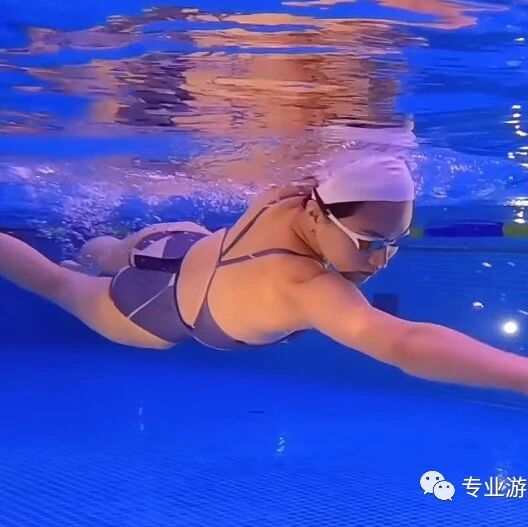Typical mistakes in breaststroke and why the water propulsion is ineffective
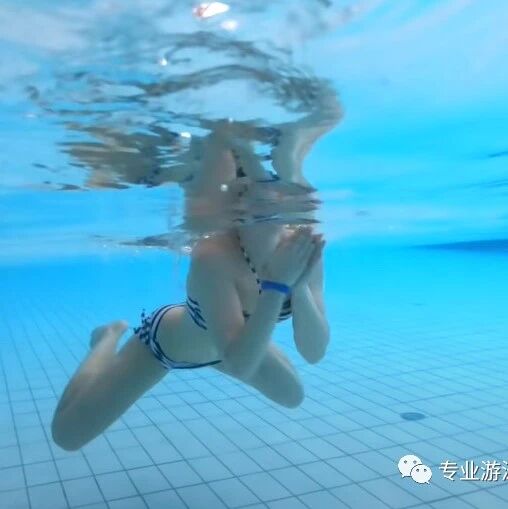
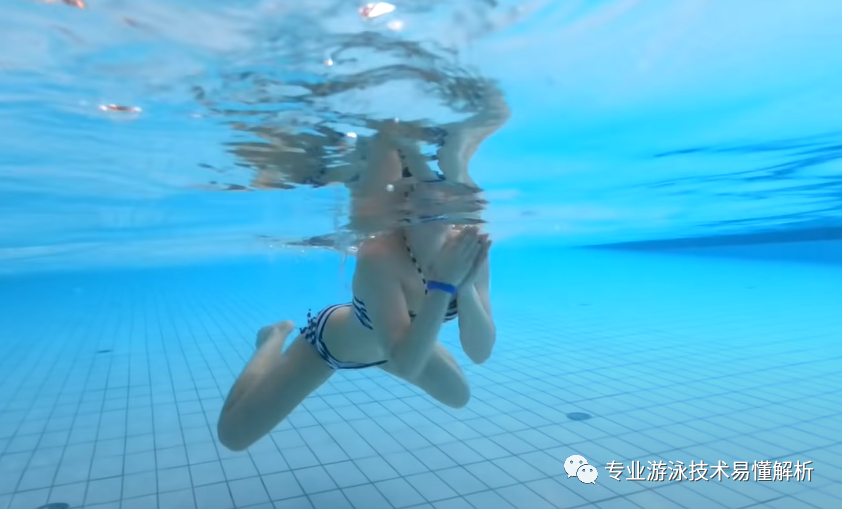
Master the fundamentals thoroughly.
Typical mistakes in breaststroke
Every sport involves a process of "practice makes perfect," but the techniques for generating power don’t emerge out of thin air—rather, mastering these skills comes as you refine and strengthen your foundational movements, gradually deepening your understanding, awareness, and ability to execute them effectively.
Learning to swim requires understanding the basic principles.
Any movement technique follows basic principles—take freestyle swimming as an example: maintaining a straight body, keeping the elbows high while entering the water, and generating power through core-driven, fluid arm strokes are all fundamental principles. For breaststroke, consider actions like performing the arm and leg movements asynchronously, executing the kick-and-pull motion in one seamless, integrated motion. Additionally, there are universal principles common to all athletic movements: when movements are smooth, coordinated, and effortless, it’s a strong indication that the technique is likely correct. Conversely, if the movement feels awkward, stiff, or lacks power, it may be time to refine or adjust your form.
Typical mistakes in breaststroke
Many beginner breaststroke swimmers master the key technique of "turning the feet outward before kicking and squeezing," yet they find their breaststroke kicks aren’t propelling them forward effectively. In such cases, it’s important to review these three essential points to identify exactly why they’re not moving through the water efficiently.
The pedal-clamp mechanism doesn’t allow for unified, whole-body power transfer.
Many coaches, when teaching students the frog kick on land, break it down into three key movements—retracting the legs, turning the feet, and kicking and squeezing the legs—yet often fail to provide clear explanations for each of these detailed actions.
Retract legs
When the frog kick retracts, it creates significant forward water resistance, which is why swimmers rarely lift their thighs at all. Many swimmers, however, overextend their thigh movement during the frog kick recovery phase—often forming a noticeable angle between their thighs and upper body. This essentially turns the thigh action into a backward-pulling motion, counterproductive to efficient propulsion.
The correct approach is to ensure the legs are tucked neatly behind the thighs—specifically, position yourself directly in front of the swimmer so their kicking legs aren’t visible. This helps minimize unnecessary water resistance.
Flip the foot
Children’s ankles are far more flexible than those of adults. While some adults have limited ankle mobility, they don’t necessarily need to practice flipping their feet specifically—understanding the technique is enough, as it helps maximize the surface area of the foot in contact with the water, thereby enhancing the propulsive efficiency of the kick-and-pull motion.
Leg-clamp kick
A typical mistake in the frog kick is pushing off first and then squeezing, or spreading both legs too wide to the sides during the kicking phase—and failing to bring the legs back together promptly afterward. These incorrect movements significantly reduce the efficiency of the frog kick, leading to poor propulsion through the water.
The correct frog kick involves pushing each leg outward in opposite directions, with a deliberate squeezing action in the thighs—as if responding to the command "Attention!" and instantly straightening up. To execute the breaststroke kick properly, simultaneously push your legs apart while maintaining that inward-thigh-squeezing awareness. The outward push and inward squeeze should happen seamlessly as one fluid motion, creating an elliptical path with your feet that resembles the shape of a rugby ball.
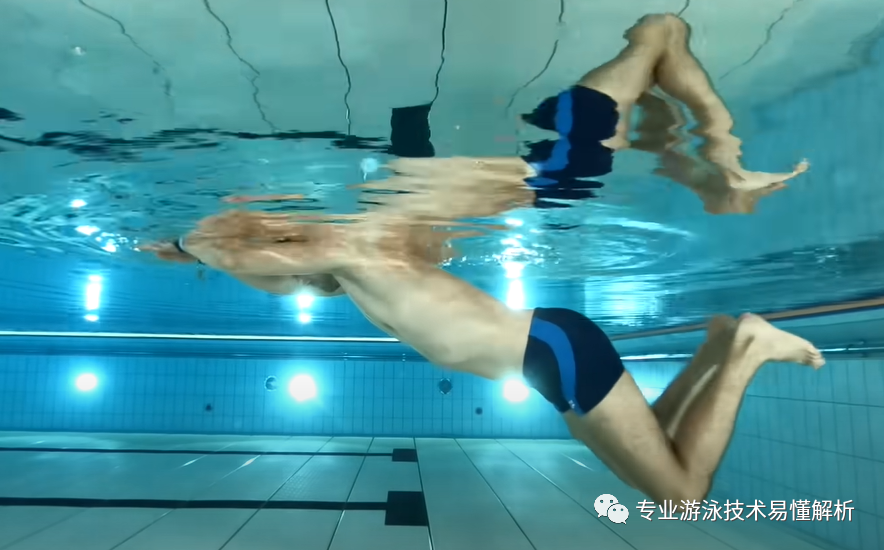
The frog kick feels unstable.
The pedal clip should be firm and secure.
The kick-and-clamp motion pushes the water backward, generating an equal and opposite reaction that propels you forward through the water. Interestingly, the direction of this motion isn’t strictly straight back—instead, it involves pushing downward as well. The deeper you move your legs into the water, the "more substantial" the water feels, providing a stronger reactive force that enhances the efficiency of your breaststroke kick.
Additionally, to minimize frontal water resistance, keep your arms extended forward in an "arrow" shape throughout the frog kick’s push-and-clamp phase—avoid letting your arms continue sculling or performing other movements while executing the kick.
Improve hip positioning
Swimming breaststroke feels much easier when your body remains perfectly horizontal, rather than having a noticeable angle between the upper and lower halves. Maintaining a stable hip position while performing the breaststroke kick—keeping it as close to the water's surface as possible—is a hallmark of a skilled breaststroker.
A well-executed frog kick naturally lifts the hips upward after the push and pull, creating a forward surge that helps propel the body farther through the water—this is also the foundation for further mastering the wave-style breaststroke.
I originally planned to take some time and outline the typical mistakes in freestyle and breaststroke techniques—but after writing about breaststroke, I realized it was already quite lengthy. So, I’ll save freestyle for later instead. Stay tuned!
One WeChat official account shares swimming tips, while another focuses on software insights, online resources, and reading experiences.
Thank you for your supportive and encouraging likes, as well as the comments that spark meaningful conversations—and even more, we’d love for you to share and forward this content!
Related Articles
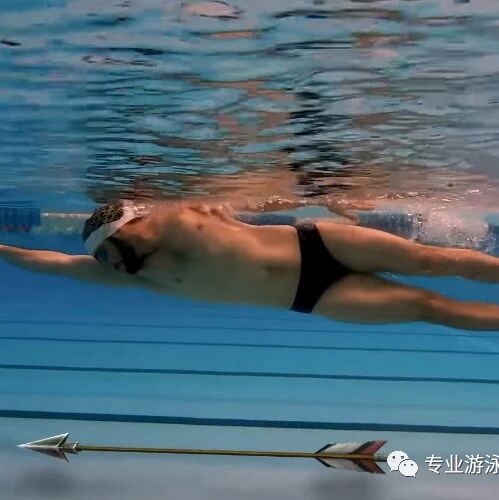
The three stages of unilateral swimming practice—freestyle strokes should be powerful and fluid.
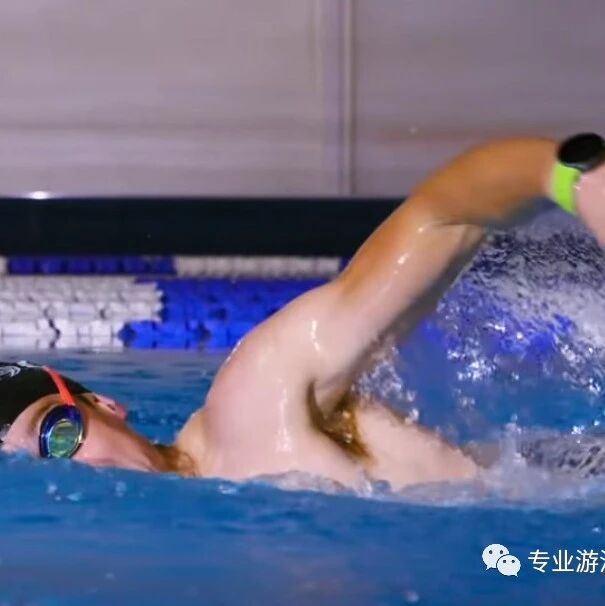
Common mistakes in freestyle swimming and why the water-rolling technique isn’t effective
